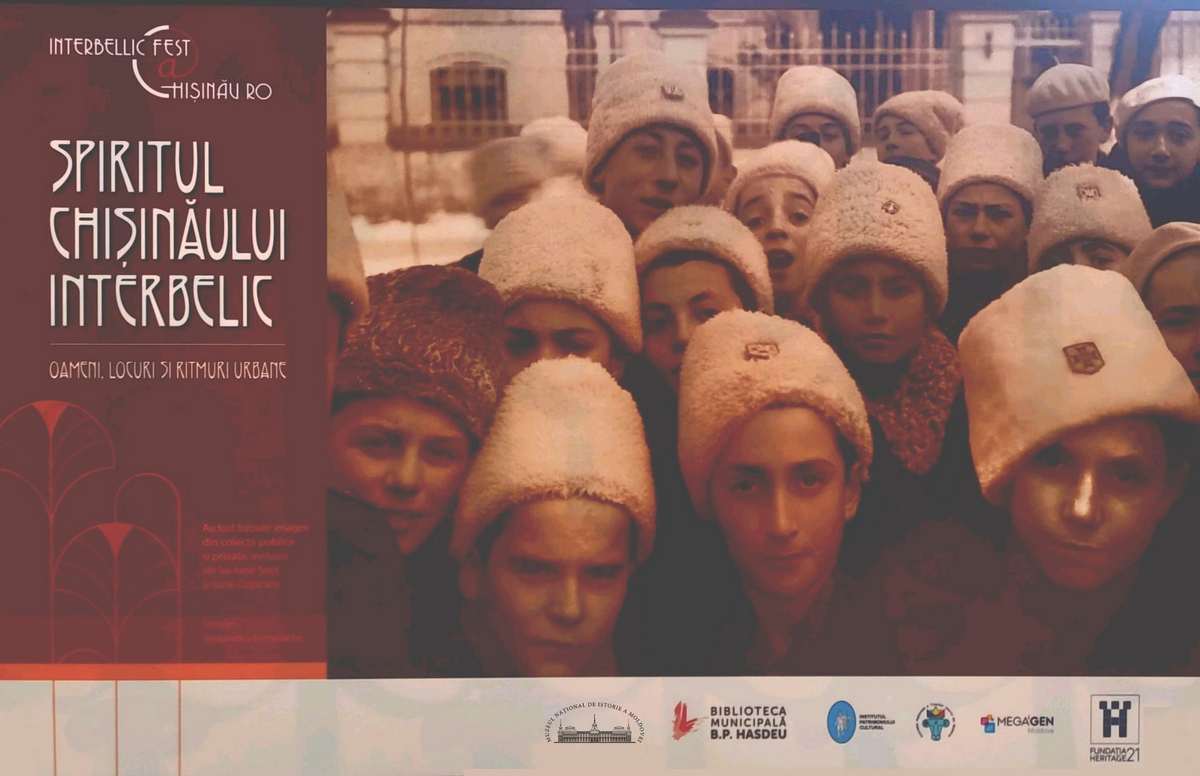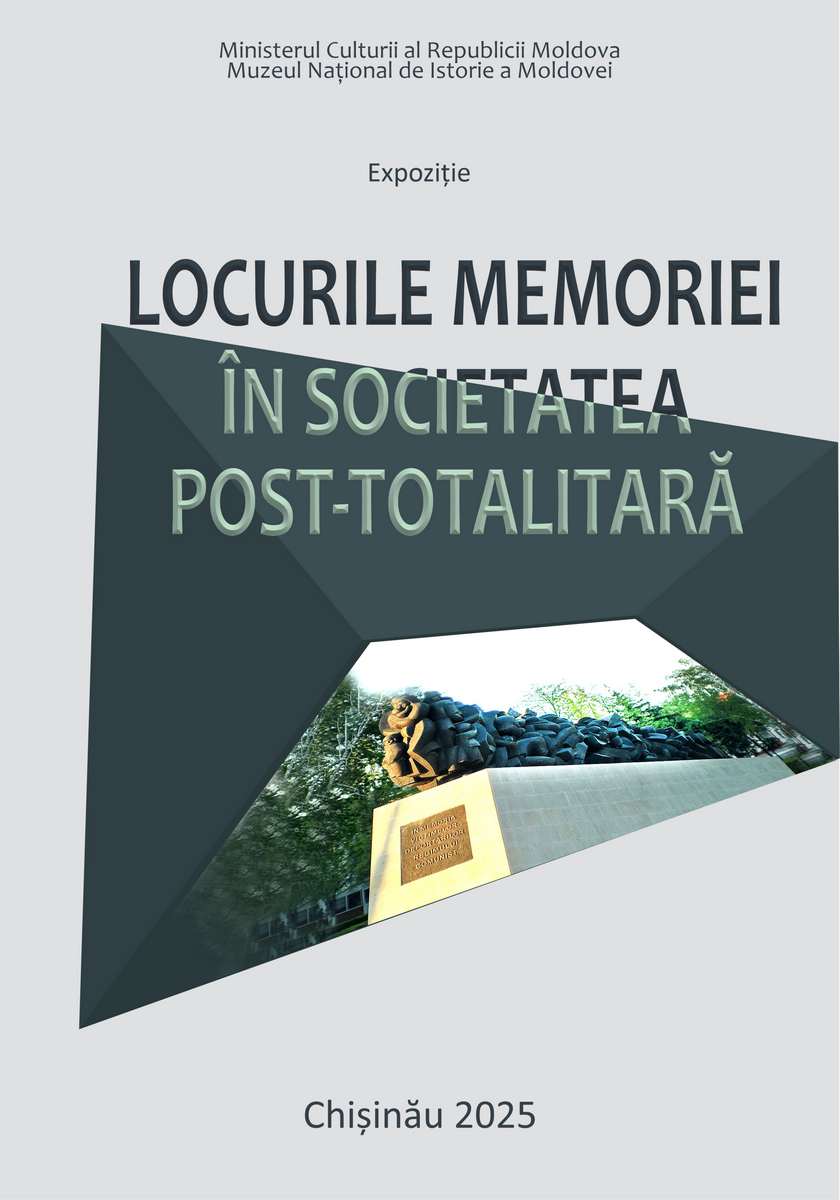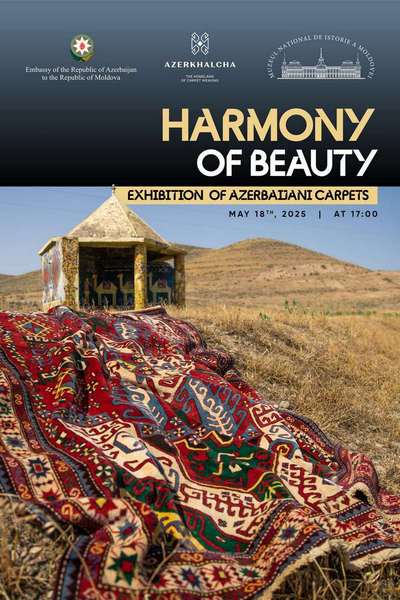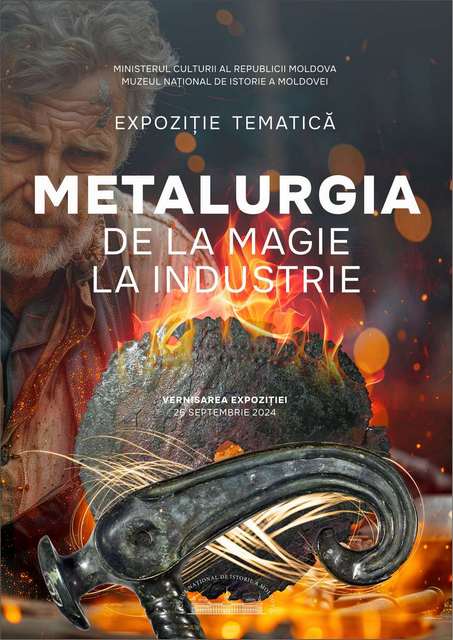  Events Archive Events Archive
Launch of the monograph "Prehistoric and Late Ancient Settlements from Mereni"
January 31, 2024
On January 31, 2024, the "Emil Nicula" Theoretical High School in the village of Mereni hosted a special event, the launch of the monograph "Prehistoric and Late Ancient Settlements from Mereni" signed by Gheorghe POSTICĂ and Eugen SAVA. The work is part of the prestigious series Biblioteca "Tyragetia" XXXVIII, under the coordination of dr. hab. Eugen Sava, Dr. Aurel Zanoci. Over the course of more than 200 pages, the authors have provided a succinct perspective on the geographical and historical setting of the archaeological research, focusing on the archaeological repertoire of the Mereni locality and the results of systematic archaeological investigations, all of which are amply illustrated with maps, graphic plates and photographs. The peculiarity of the work consists in the scientific exploitation of the archaeological discoveries from the late antique period of the Mereni-"Chirca" settlement, approached in connection with vestiges from other historical eras, especially those from the Bronze Age. The event was moderated by Larisa CIOBANU, director of the Mereni Museum of History and Ethnography. In his welcome speech, Mr. Ion BUDECI, Secretary of State within the Ministry of Culture of the Republic of Moldova, emphasized the importance of archaeological research for the country's cultural heritage, expressing his gratitude for the authors' contribution to the knowledge of local history. In the context of the event and the recent jubilee of 70 years, Mr. dr.hab. Gheorghe POSTICĂ was mentioned with the honorary diploma of the Ministry of Culture, signed by Minister Sergiu Prodan. Mr. Ion BACIU, head of the Anenii Noi Culture and Tourism Department, highly appreciated the value of the work and emphasized the involvement of the local community in supporting archaeological research, highlighting the importance of protecting and promoting historical heritage. Mrs. Olga OGLINDA, director of the "Emil Nicula" Mereni Theoretical High School, highlighted the educational role of the event in the context of the cultural and scientific development of the local community. In his presentation, Dr. Vlad VORNIC, director of the National Archaeological Agency, mentioned the contribution of the work to the research of some important aspects of the prehistoric and late ancient past of the Pruto-Dniester area, as well as the uniqueness of several vestiges discovered in the archaeological sites of Mereni. In the end, the authors made a short foray into the history of archaeological research, the results of which were the basis of the monograph, they thanked those directly involved in the creation of the work and urged the high school students to strengthen their knowledge of the history of the locality and to proudly bear the name of Mereni village. As a sign of high appreciation, for the essential contributions to the promotion of cultural heritage, the authors of the work received certificates of appreciation from the Anenii Noi Culture and Tourism Directorate, the Mereni City Hall and the Mereni Museum of History and Ethnography. The event culminated with a rich artistic program supported by the model folk music bands from Mereni, held in the premises of the Mereni Museum of History and Ethnography. We thank all the participants and invite you to discover this exceptional monograph.
|




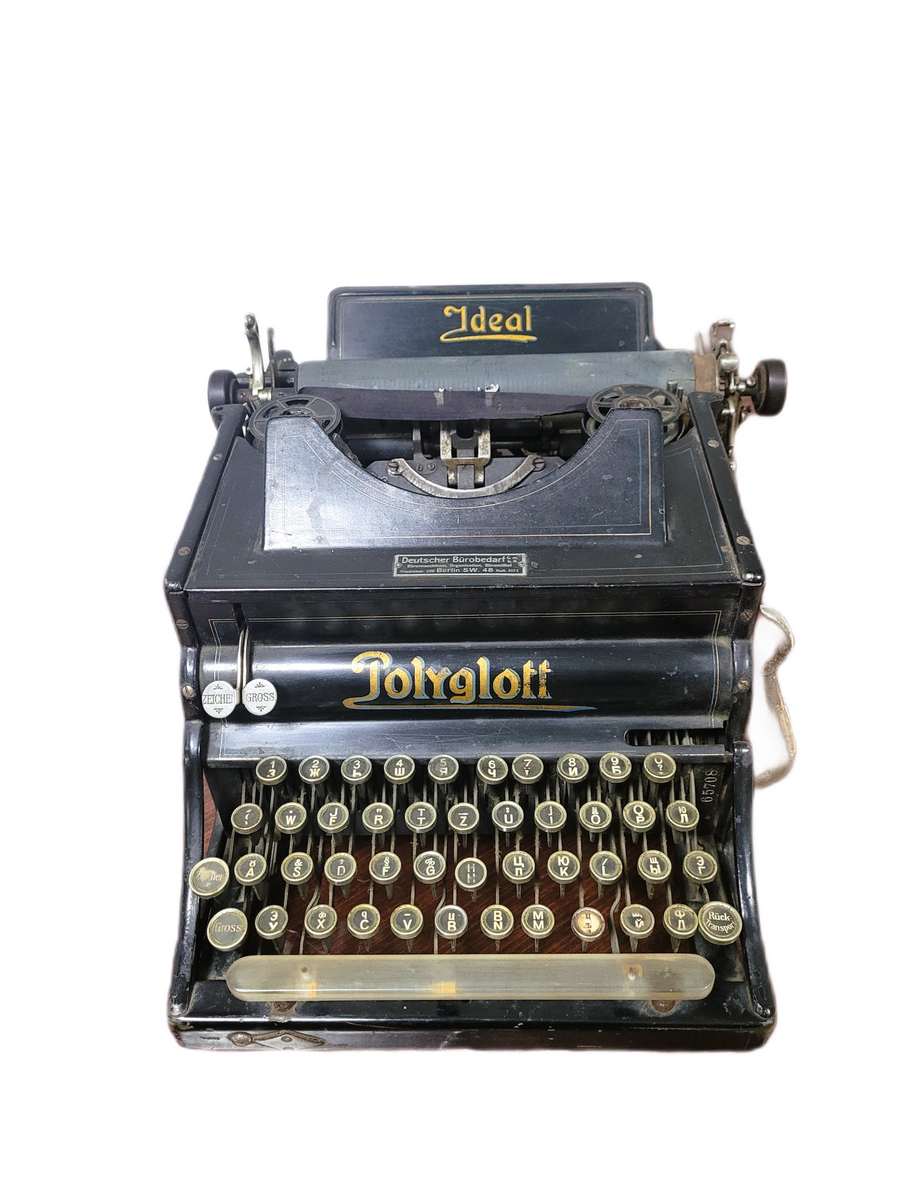
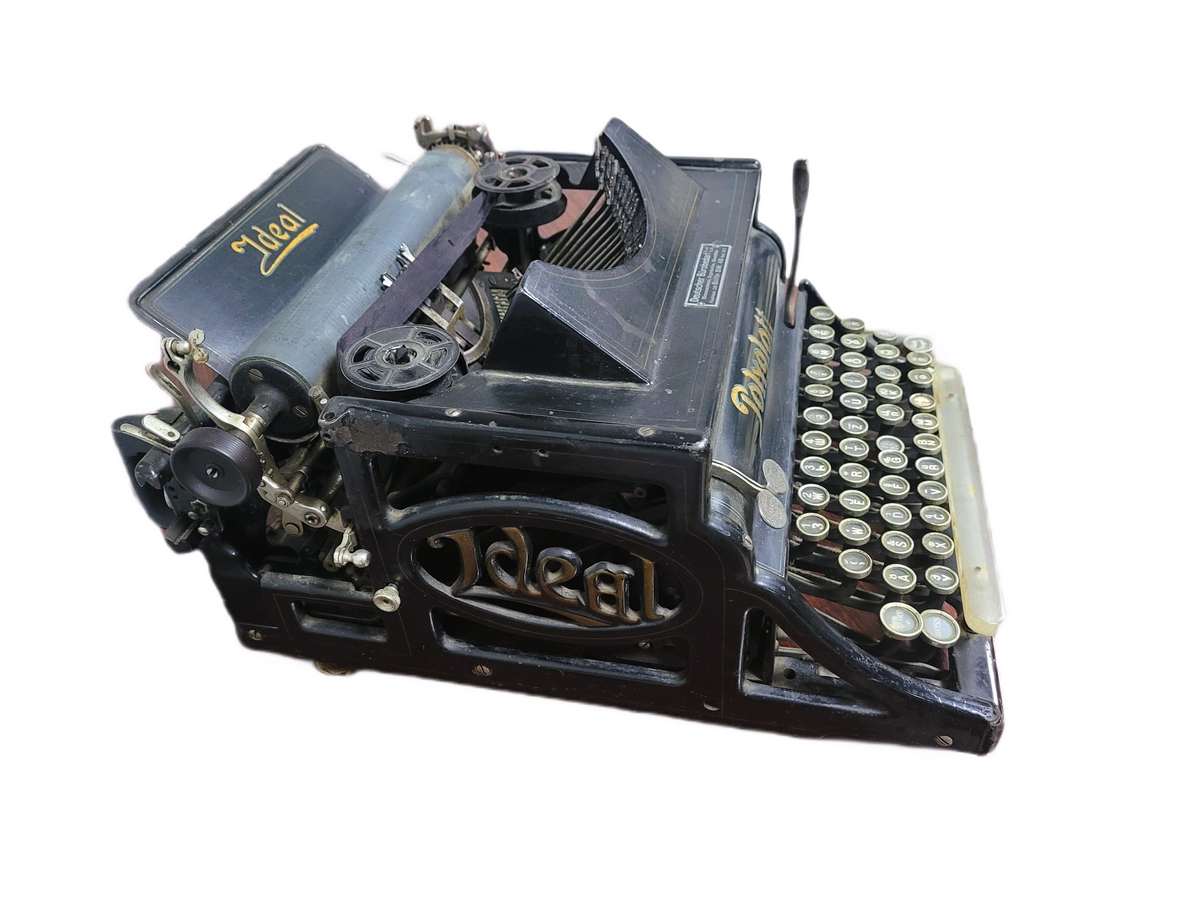 The side panels are elegantly decorated with refined cast-iron elements in the Art Nouveau style, displaying the brand name - "Ideal." The Polyglott model, featuring a bilingual keyboard patented in the United Kingdom by Max Klaczko from Riga, Latvia, was produced between 1902 and 1913, marking the first typewriter capable of writing in two languages. The "Ideal Polyglott" typewriter was actively sold in the Russian Empire and gained significant popularity in Poland, Bulgaria, and Serbia.
The side panels are elegantly decorated with refined cast-iron elements in the Art Nouveau style, displaying the brand name - "Ideal." The Polyglott model, featuring a bilingual keyboard patented in the United Kingdom by Max Klaczko from Riga, Latvia, was produced between 1902 and 1913, marking the first typewriter capable of writing in two languages. The "Ideal Polyglott" typewriter was actively sold in the Russian Empire and gained significant popularity in Poland, Bulgaria, and Serbia.







































